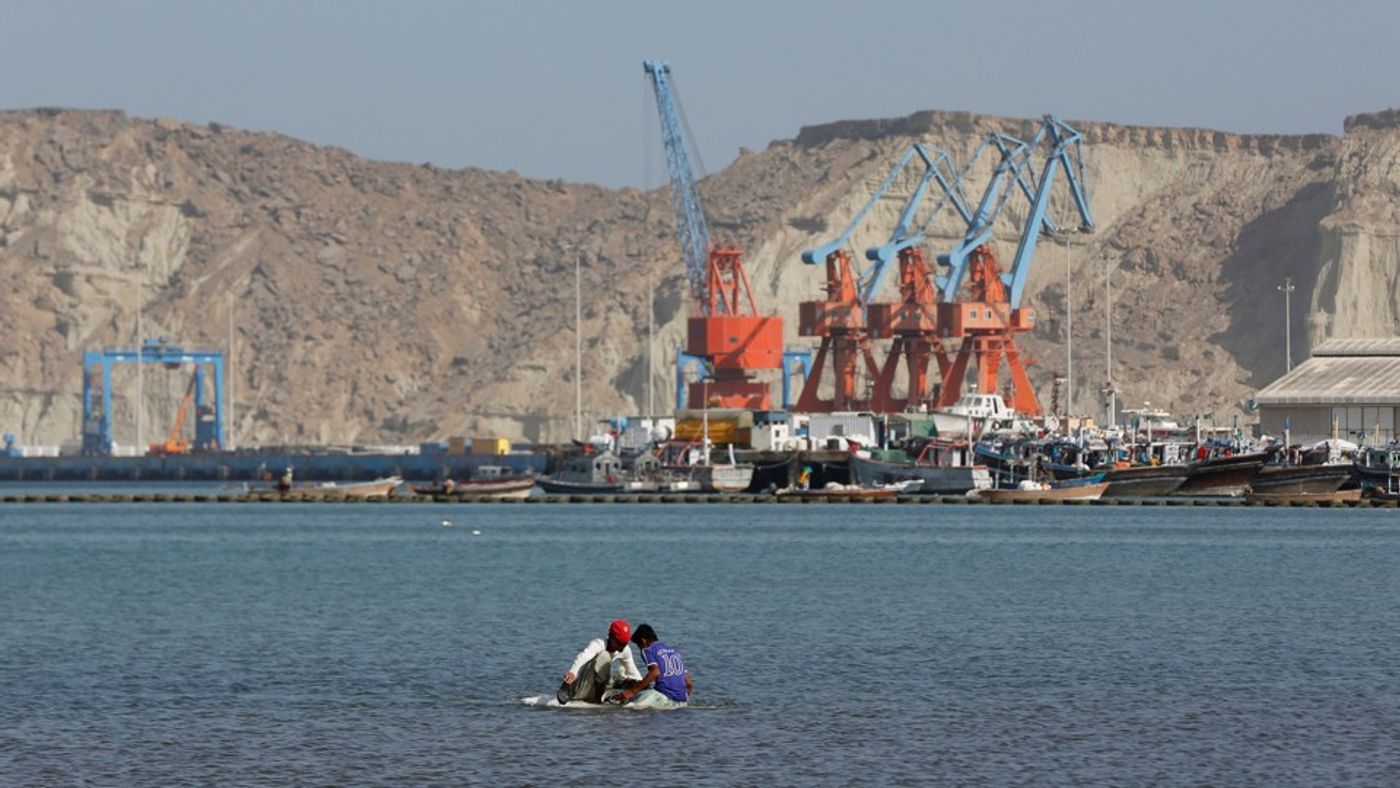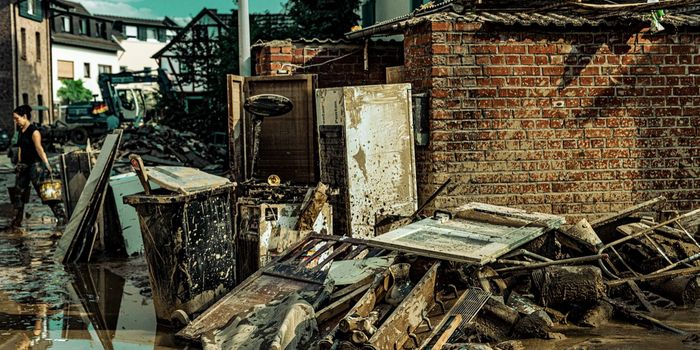What are the environmental impacts of the Belt and Road Initiative?
If you didn’t already know, China has a huge plan in the works. Called the Belt and Road initiative, the project is a vast infrastructure plan that will stretch across 64 nations in Asia, Africa, Europe and the Pacific region. Planned to incorporate over 7,000 infrastructure projects, China aims to use the Belt and Road as a means to boost trade and economic growth, creating in a sense a modern Silk Road. The plan has already begun construction and will cost a grand total of $8 trillion. But those are just the raw costs. What about the environmental costs?
A new study published in Nature Sustainability called the plan the “riskiest environmental project in history.” "China has enormous ambitions," said Distinguished Professor William Laurance from James Cook University in Australia. "But with that comes enormous responsibilities."
In order to sustain the great road, oil pipelines, bridges, tunnels, roads, and railroads must be built and maintained. Such infrastructure fragments already fragile ecosystems and wildlife corridors. The World Wildlife Fund cited over 1,700 critical biodiversity spots that the initiative will directly impact, endangering 265 threatened species such as saiga antelopes, tigers and giant pandas.
Though China has relatively high environmental standards inside of China, Laurance points out that Chinese development projects abroad often lack oversight and environmental regulation. "In the last two decades I've seen countless examples of aggressive and even predatory exploitation by Chinese firms, especially in developing nations with weak environmental controls," he stated.
This must change if the coming development is not to ruin half the world’s nature. If the initiative is able to act as the catalyst spurring China to lead the world in sustainability efforts, the project may be positive. Laurance comments, “China has a unique opportunity, but if it's 'business as usual' then I think the costs for the environment and economic risks for investors could be flat-out scary.”
Sources: Nature, Science Daily, The Independent, Mongabay News










